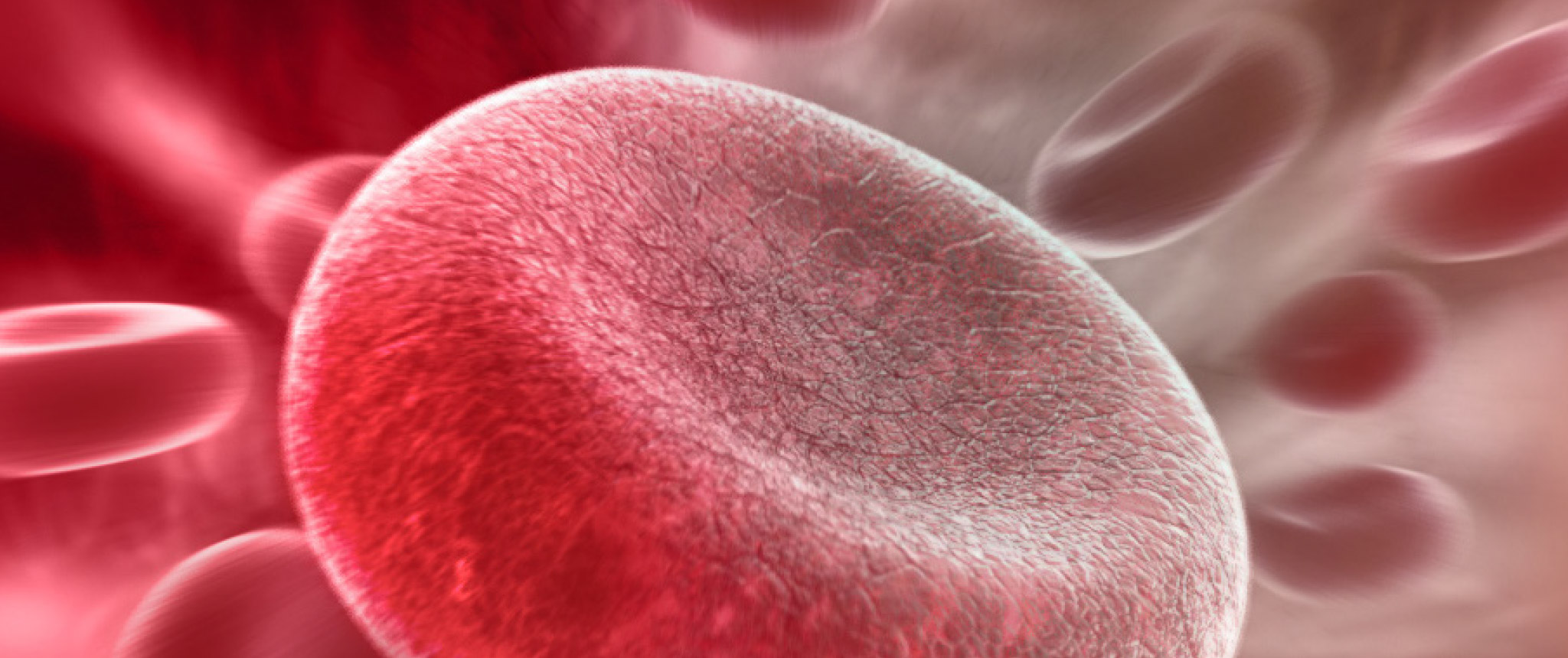
PEI and Diabetes
About
Pancreatic exocrine insufficiency (PEI) may be present in patients with type 1 or type 2 diabetes, but a different type of diabetes – type 3c – may also be associated with PEI. Patients with type 1 or 2 diabetes show reduced enzyme and/or bicarbonate secretion in direct pancreatic function tests. However, in almost all cases the impairment in exocrine function is mild to moderate, and does not lead to significant fat malabsorption.1
Type 3c or ‘pancreatogenic’ diabetes occurs secondary to pancreatic disease (including pancreatitis, pancreatic cancer, and cystic fibrosis) injury, or resection.1,2 All patients with type 3c diabetes show signs of PEI which is more severe than that seen in patients with type 1 and type 2 diabetes.2
Epidemiology
The prevalence of PEI is reportedly higher in type 1 diabetes than in type 2 diabetes: 26%-57% vs. 20%-36%, respectively.2 Among patients with diabetes, type 3c diabetes accounts for 5-10% of cases in the Western world2 and 15-20% in India and Southeast Asia.1
Causes
The aetiologies of type 3c diabetes include chronic pancreatitis (76%-79%), pancreatic cancer (8%-9%), hereditary hemochromatosis (7%-8%), cystic fibrosis (4%), and post-pancreatic resection (2%-3%).2 All these conditions are associated with PEI resulting from a variety of causes. In type 1 and type 2 diabetes, any impairment of the insulin-secreting islets can also impact negatively on the exocrine function of the pancreas, and therefore cause PEI. Contributing factors include pancreatic atrophy, vasculopathy and neuropathy which combine to reduce digestive enzyme secretion. In addition, acute hyperglycaemia can impair the exocrine secretory capacity of the pancreas.1
Pathophysiology
There are several reasons why diabetes could be complicated by pancreatic exocrine dysfunction:1
- Autoimmune destruction of the endocrine pancreatic islets, as noted in type 1 diabetes, which produce insulin may also have an effect on the exocrine pancreas.1
- Loss of the trophic effect of insulin on the pancreas
- Suppressive effect from high levels of glucagon
- Vascular damage resulting from small vessel disease
- Impaired entero-pancreatic reflexes due to autonomic neuropathy
- Acute hyperglycaemia in type 1 and type 2 diabetes can reversibly impair exocrine pancreatic secretion
Reductions in the size, and changes in the morphology and histology of the pancreas have been observed in patients with diabetes, due to atrophy, fatty involutions and calcification. Atrophy is more pronounced in type 1 than in type 2 diabetes.2
PEI associated with diabetes is typically mild to moderate and not associated with overt fat malabsorption.1
Type 3c diabetes
The pathophysiology of type 3c diabetes is different from that of types 1 and type 2 diabetes and makes patients particularly susceptible to postprandial hyperglycaemia. The main pathological characteristics are:1
- Deficient insulin secretion
- Deficient pancreatic polypeptide secretion (mainly from the head of the pancreas), which may prevent or reduce suppression of postprandial hepatic glucose production
- Impaired secretion of the incretin hormones, which play an important role in postprandial blood glucose regulation
- Deficiency of glucagon secretion plus PEI (malabsorption of nutrients), and intact or enhanced peripheral insulin sensitivity, predispose patients to episodes of hypoglycaemia
FACT
Pancreatic supplements can be used in people with diabetes and do not result in problems with diabetes control.
Cummings M, 20143
Signs and Symptoms
PEI may go undetected because the signs and symptoms are similar to those of other gastrointestinal diseases.4
PEI causes malabsorption and maldigestion, resulting in symptoms of:1,5
Symptoms
- WEIGHT LOSS
- ABDOMINAL PAIN
- FATIGUE
- DIARRHOEA
- STEATORRHOEA
- FLATULENCE
Steatorrhoea, which is characterized by foul-smelling, greasy stools, is generally the most common classical manifestation of PEI and may not appear until the disease is advanced.1,6
However, steatorrhoea is relatively common in diabetes, but is often not due to pancreatic insufficiency – it can be due to small intestinal bacterial overgrowth, so steatorrhoea is not necessarily a characteristic of PEI in patients with diabetes.1
Complications
Complications from maldigestion and malabsorption may have a progressive and detrimental effect on a patient’s wellbeing and may impact the outcome of the underlying disease, and increase morbidity and mortality.5,7,8 For further information on the complications of PEI, CLICK HERE.
Diagnosis
Diagnosis of type 3 diabetes
The following criteria have been proposed for the diagnosis of type 3c diabetes:9 All of the following major criteria:
- Presence of PEI (according to the monoclonal faecal elastase-1 test or direct function tests)
- Pathological pancreatic imaging (endoscopic ultrasound, MRI, CT)
- Absence of type 1 diabetes mellitus associated autoimmune markers
Minor criteria:
- Impaired beta cell function (e.g. HOMA-B, C-peptide/glucose ratio)
- No excessive insulin resistance (e.g. HOMA-IR)
- Impaired incretin secretion (e.g. GLP-1, pancreatic polypeptide)
- Low serum levels of lipid soluble vitamins (A, D, E, and K)
Diagnosis of PEI in patients with diabetes
Fat maldigestion in patients with diabetes can affect glucose metabolism which in turn may lead to variable glycaemic control.3 For the diagnosis of PEI, there are several methods available, with the indirect methods such as faecal elastase-1 (FE-1) being the most frequently used in the clinical setting.1
One quarter of patients with type 1 or type 2 diabetes have gastrointestinal symptoms, including steatorrhoea, so this in itself is not a reliable diagnostic feature of PEI in people with diabetes.10 Individuals with diabetes and symptoms of PEI should have their FE-1 level tested. If their FE-1 level is low, further investigations such as a CT scan or endoscopic ultrasound of the pancreas should be carried out to confirm PEI.3
For more information on diagnosing PEI, CLICK HERE.
Treatment
The pharmacological agents which are typically used for the treatment of type 3c diabetes are the same as for type 2 diabetes.9 With regards to PEI, most of the conditions that lead to type 3c diabetes are associated with PEI and would benefit from pancreatic enzyme replacement therapy (PERT) – the standard treatment for PEI.1,2
PERT has a positive impact on the symptoms of PEI in diabetes patients, and the limited number of studies with small patient numbers show that there may also be benefits to glycaemic control.10 As well as increasing insulin secretion and associated improvements in postprandial glucose levels, PERT may reduce the frequency of hypoglycaemic episodes.10
PERT (pancrelipase) given for 6 months can improve postprandial plasma glucose levels and degree of glycosylated haemoglobin in patients with diabetes and chronic pancreatitis.11

To learn more about the treatment of PEI with PERT in general, dosing of PERT, and other aspects of PEI management, CLICK HERE.
References
- Smith RC, Smith SF, Wilson J, Pearce C, Wray N, Vo R, et al. Australasian guidelines for the management of pancreatic exocrine insufficiency. Australasian Pancreatic Club, October 2015. pp 1-122.
- Singh VK, Haupt ME, Geller DE, Hall JA, Quintana Diez PM. Less common etiologies of exocrine pancreatic insufficiency. World J Gastroenterol. 2017;23(39):7059-7076.
- Cummings M. Pancreatic exocrine insufficiency in type 1 and type 2 diabetes – more common than you think? Journal of Diabetes Nursing. 2014;18:320-323.
- Leeds JS, Oppong K, Sanders DS. The role of fecal elastase-1 in detecting exocrine pancreatic disease. Nat Rev Gastroenterol Hepatol. 2011;8:405-15.
- Sikkens EC, Cahen DL, van Eijck C, Kuipers EJ, Bruno MJ. Patients with exocrine insufficiency due to chronic pancreatitis are undertreated: a Dutch national survey. Pancreatology. 2012;12(1):71-73.
- Domínguez-Muñoz JE. Pancreatic exocrine insufficiency: diagnosis and treatment. J Gastroenterol Hepatol. 2011;26(Suppl 2):12- 16.
- Ockenga J. Importance of nutritional management in diseases with exocrine pancreatic insufficiency. HPB (Oxford). 2009;11(Suppl 3):11-15.
- Fitzsimmons D, Kahl S, Butturini G, van Wyk M, Bornman P, Bassi C, Malfertheiner P, George SL, Johnson CD. Symptoms and quality of life in chronic pancreatitis assessed by structured interview and the EORTC QLQ-C30 and QLQ-PAN26. Am J Gastroenterol. 2005;100(4):918-926.
- Ewald N, Bretzel RG. Diabetes mellitus secondary to pancreatic diseases (Type 3c): are we neglecting an important disease? Eur J Intern Med. 2013;24(3):203-6.
- Cummings MH, Chong L, Hunter V, Kar PS, Meeking DR, Cranston ICP. Gastrointestinal symptoms and pancreatic exocrine insufficiency in type 1 and type 2 diabetes. Pract Diabetes. 2015;32(2):54-8.
- Mohan V et al. Oral pancreatic enzyme therapy in the control of diabetes mellitus in topical calculous pancreatitis. Int J of Panc, 1998; 4 (1), 19-22


